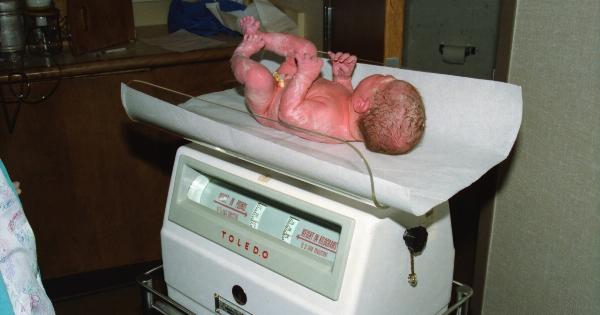When it comes to childbirth, there are various methods and procedures that can be used to safely bring a baby into the world. One such method is a Cesarean section, also known as a C-section.
While C-sections have become increasingly common in recent years, there are still many misconceptions surrounding this procedure. In this article, we will address and debunk four common misconceptions about C-sections.
Misconception 1: C-Sections are Only for Emergencies
One of the most prevalent misconceptions about C-sections is that they are only performed in emergency situations.
While it is true that C-sections are often necessary in cases where there is a risk to the mother or baby’s health, they can also be planned in advance for a variety of reasons. Some women may choose to have a scheduled C-section if they have had a previous C-section, are carrying multiples, or have certain medical conditions that make vaginal delivery more risky.
Misconception 2: C-Sections are the “Easy Way Out”
Another common misconception about C-sections is that they are the “easy way out” compared to vaginal delivery.
This misconception often stems from the assumption that a C-section is a less painful or physically demanding method of childbirth. In reality, C-sections are major surgical procedures that involve incisions in the abdominal wall and uterus.
The recovery process can be challenging, and women who undergo C-sections may experience longer hospital stays and a longer period of postpartum healing compared to those who have a vaginal delivery.
Misconception 3: C-Sections Prevent Vaginal Damage
Some people believe that opting for a C-section can help prevent damage to the vagina and pelvic floor muscles that can occur during vaginal childbirth.
While it is true that C-sections bypass the vaginal canal altogether, they still carry their own risks and potential complications. Additionally, the vagina and pelvic floor can be affected by pregnancy and hormonal changes regardless of the method of delivery.
It is important to note that vaginal birth, when possible, is a natural process that has evolved over millions of years and can often lead to a smoother recovery and better long-term outcomes.
Misconception 4: C-Sections are Always Scheduled
Many people assume that C-sections are always planned and scheduled in advance. While scheduled C-sections do occur, there are also many instances where C-sections become necessary during labor and delivery due to unforeseen complications.
These unplanned C-sections can happen for various reasons, such as fetal distress, a prolonged labor, or the failure to progress during childbirth. It is important for pregnant individuals to be prepared for the possibility of a C-section, regardless of their original birth plan.
Conclusion
Cesarean sections are an important and sometimes necessary method of childbirth. However, it is crucial to address and debunk the misconceptions surrounding this procedure.
C-sections are not solely reserved for emergencies, they are not the “easy way out,” they do not prevent vaginal damage, and they are not always scheduled in advance. It is important to have open and informed discussions with healthcare providers to fully understand the risks, benefits, and reasons behind the recommendation of a C-section when considering childbirth options.





























